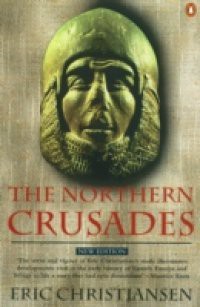Based on a 'free of survivorship-bias' sample of German stocks listed at the Frankfurt stock exchange, the study investigates the ability of hedge portfolio formation structures, built of three value premium proxies (P/B, P/E, and DY), the size factor, and the technical momentum factor, to generate excess returns in the period 1992 to 2011. First, the author characterizes and defines the significant terms that are in connection with value and growth investing. He continues with the discussion of asset pricing with the CAPM, the Fama and French three-factor model, and the Carhart extension, and then describes the expected stock returns that are of capital importance. Moreover, the author deals with related studies for the German stock market. He gives a detailed description of the empirical analysis before he draws his conclusions. The author's purpose is to answer the following core questions: Is there a value premium in the German market between 1992 and 2011? Is there a reversed size premium like recent empirical findings suggest? Do high momentum stocks perform better than low momentum stocks? Is there a significant seasonal pattern in hedge portfolio returns? The combination of which factors best explains expected stock returns?













